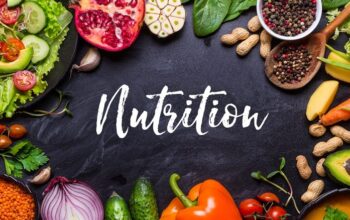Modern life moves fast. We grab coffee while we’re out and about and order our groceries over the internet. We expect all items to be delivered to our front door in a matter of hours. Yet, this convenience frequently comes at a high cost to the environment. Thankfully, living well and protecting the planet are both within reach. We can get both with smart decisions. It needs only organization and ingenuity.
The Real Cost of Convenience
That plastic water bottle appears to be innocuous. You consume it, throw it in the recycling container, and move on. However, if we consider millions of individuals engaging in the same activity daily, we face a significant issue. Disposable products clutter our landfills and contaminate our seas. Fast fashion generates a massive amount of textile waste. Delivery trucks consume fuel as they transport everything from toothpaste to meals. The ease we cherish is subtly harming the environment we inhabit.
But, giving up all modern conveniences isn’t realistic for most families. Busy parents require fast meal options. Harried students depend on quick snacks. The key is discovering more intelligent methods to satisfy these requirements.
Simple Swaps That Make a Difference
Minor changes in habits create big ecological impacts. Many households are now turning to a glass bottle delivery service from companies like Alive Water. This allows them to get fresh spring water in recyclable containers instead of buying bottled water.
Reusable shopping bags function as effectively as plastic bags. They are more powerful and capable of carrying additional groceries. Many shops currently offer reductions for using your own bags, allowing you to save money while benefiting the environment.
Food storage containers serve as another simple alternative. Glass and stainless-steel lunch boxes replace disposable bags and wrappers. They keep food fresh and are easy to clean.
Technology as an Environmental Helper
Applications and websites now simplify eco-friendly options more than ever. Meal planning applications minimize food waste by recommending recipes that utilize ingredients already available in your refrigerator. Carpooling applications link individuals from the same neighborhood traveling to similar destinations.
Digital receipts take the place of paper ones. Online banking reduces the amount of mail. E-books require no physical storage and never need to be replaced. Digital solutions often outperform traditional ones. Smart home devices can adjust temperature automatically when empty. This conserves energy with no need for any consideration or exertion from active families.
Community Solutions
Communities are discovering innovative methods to share their assets. Tool libraries allow people to borrow tools. This eliminates the need to purchase them. In community gardens, neighbors happily harvest fresh produce bursting with flavor. Farmer’s markets offer fresh food with little packaging. Businesses frequently promote the use of personal bags and containers. This food tastes better. It also helps local businesses thrive and minimizes pollution. Repair cafes help to teach people how to fix broken items. These community workshops cut costs. They also keep useful items from ending up in landfills.
Making It Work for Your Family
Implement a few small adjustments to better fit your current lifestyle. For example, try using a reusable water bottle or visiting a farmer’s market monthly. Develop these habits over time. Involve the entire family. Children commonly come up with creative answers. They might suggest walking to school or composting food waste.
Conclusion
You can be green without changing your life. The goal is to choose things that are good for both you and the environment. Every little adjustment accumulates. The impact grows substantial when many people choose slightly better options. We can maintain the comforts we cherish while creating a healthier planet for future generations. The balance is possible. It just starts with taking that first small step.




